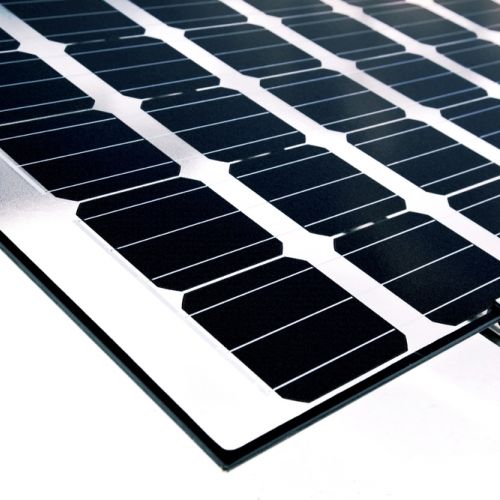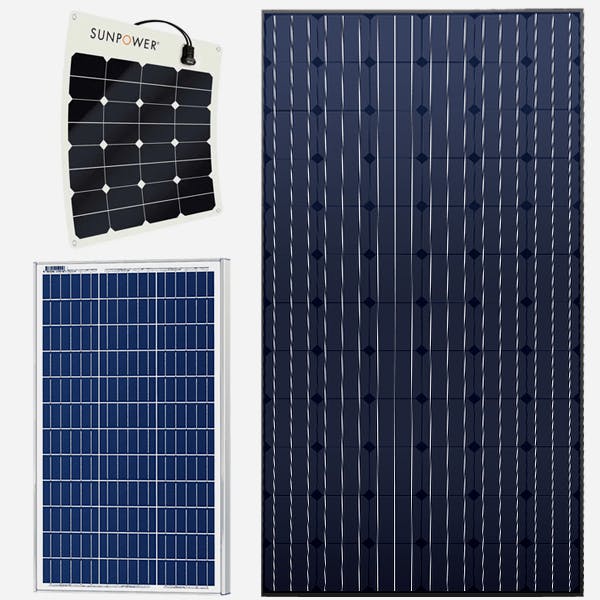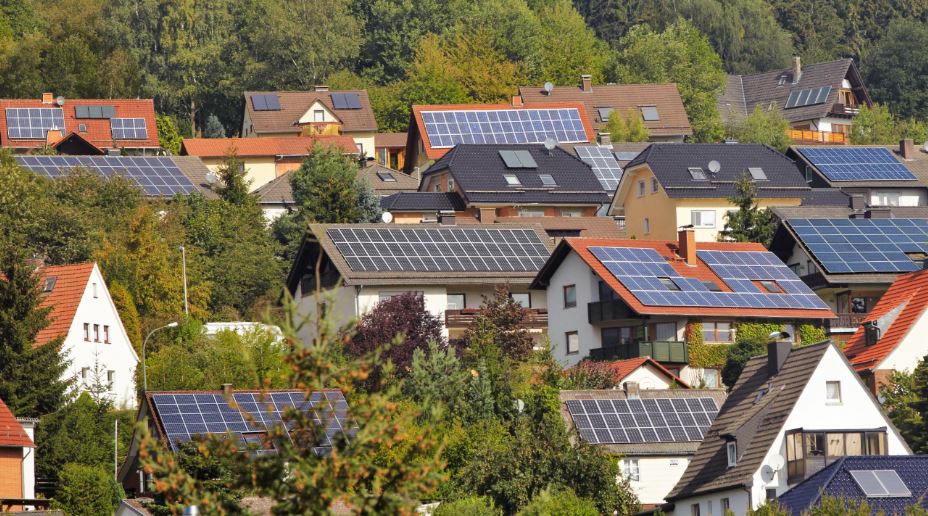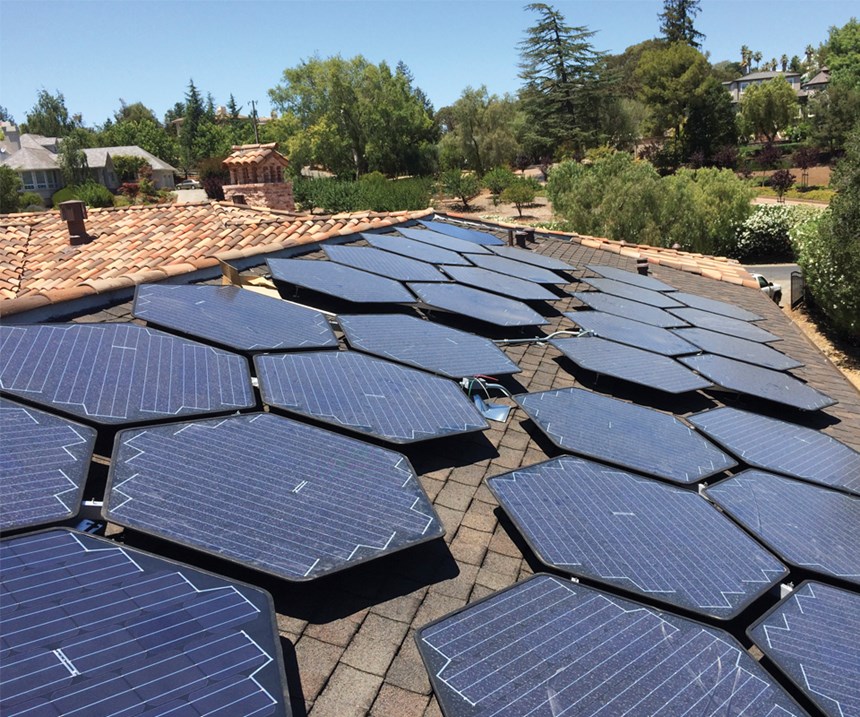Amorphous panels can be made for much less than crystalline panels and it seems the industry is set up for self sabotage because they seem to want to do whatever it takes to make sure these amorphous panels stay high at ridiculous prices and or are impossible to get.
Difference between crystalline and amorphous solar panels.
Amorphous panels are in the 8 9 efficiency range.
For full functionality of this site it is necessary to enable javascript.
Polycrystalline cells are generally 13 15 efficient.
The difference between a 1kw system and a 1 3kw system may not sound like much but there s a huge difference in power output.
They are solid black without the normal silicon cell outlines you see on the face of a crystalline solar panel.
Amorphous panels are also lighter in weight and more portable than monocrystalline or polycrystalline panels producing the same amount of energy.
Crystalline panels need to be as perpendicular to the sun as possible to achieve the best performance.
Usually thin film solar panels are lightweight and flexible making them easy to install.
They can also withstand the summer heat where mono or polycrystalline panels lose efficiency in the same ambient temperatures.
Amorphous is inherently less efficient than crystalline only being around 7 10 efficient at light conversion compared to a crystalline panel of the same size which has typically between 12 15 efficiency.
Crystalline panels do not perform as well in partial shading compared to amorphous cells and they do gradually lose a small percentage of output as the temperature rises above 25 c.
Thin film solar panels are completely different from monocrystalline and polycrystalline solar panels.
Here are the instructions how to enable javascript in your web browser.
Efficiency ratings are a calculation of the amount of power produced compared to the physical size of the panel.





















